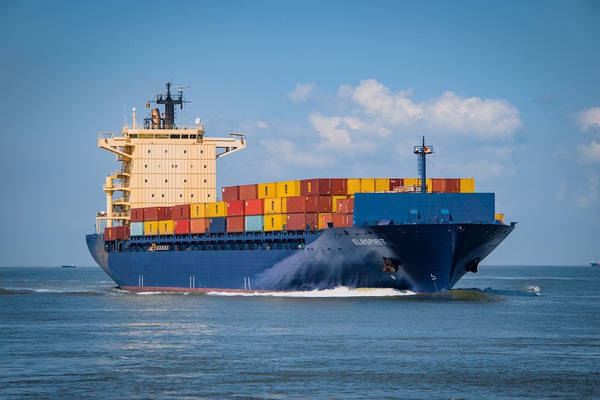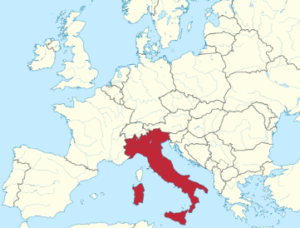
While maritime transport plays an essential role in the EU economy and is one of the most energy-efficient modes of transport, it is also a large and growing source of greenhouse gas emissions. In order to significantly reduce greenhouse gas (GHG) emissions from international shipping, effective global measures are desirable.
In July 2023 the International Maritime Organisation (IMO) made a step on this path committing to new targets for GHG emissions reductions and to develop and adopt in 2025 a basket of measure(s), delivering on these reduction targets. The next years to come will show which measures will be adopted and become applicable and whether they will commensurate with achieving these targets and the objectives of the Paris Agreement. The EU action to make sure maritime transport plays its part in achieving climate neutrality in Europe by 2050 is an essential step in incentivising the necessary reductions.
In January 2024, the EU’s Emissions Trading System EN•••(EU ETS) will be extended to cover CO2 emissions from all large ships (of 5 000 gross tonnage and above) entering EU ports, regardless of the flag they fly.
The system covers:
- 50% of emissions from voyages starting or ending outside of the EU (allowing the third country to decide on appropriate action for the remaining share of emissions)
- 100% of emissions that occur between two EU ports and when ships are within EU ports
Emissions from maritime transport are included in the overall ETS cap, which defines the maximum amount of greenhouse gases that can be emitted under the system. The cap is reduced over time to ensure that all ETS sectors contribute to the EU’s climate objectives. This will incentivise energy efficiency, low-carbon solutions, and reductions of the price difference between alternative fuels and traditional maritime fuels.
In practice, shipping companies have to purchase and surrender (use) EU ETS emission allowances for each tonne of reported CO2 (or CO2 equivalent) emissions in the scope of the EU ETS system. It is the role of administering authorities of EU Member States to ensure compliance using similar rules as for the other ETS sectors.
To ensure a smooth transition, shipping companies only have to surrender allowances for a portion of their emissions during an initial phase-in period:
- 2025: for 40% of their emissions reported in 2024
- 2026: for 70% of their emissions reported in 2025
- 2027 + onwards: for 100% of their reported emissions






